WWI Poetry Analysis Study Guide
1/33
There's no tags or description
Looks like no tags are added yet.
Name | Mastery | Learn | Test | Matching | Spaced |
|---|
No study sessions yet.
34 Terms
What did WWI inspire many poets to do?
Write about their experiences and observations
What did WWI poetry often do?
Contrast the harsh realities of war with the romanticized expectations held by many before the conflict

First part of poetry test
Poem Annotation
What does poem annotation involve?
Rhyme scheme, poem format, meaning of poem
What does rhyme scheme involve
Identifying the pattern of rhymes at the end of each line; using letters to mark the rhyme scheme
Stanza meaning
Group of lines not separated by a return/line break
Some poem formats
Sonnet, free verse, ballad, couplet, and elegy
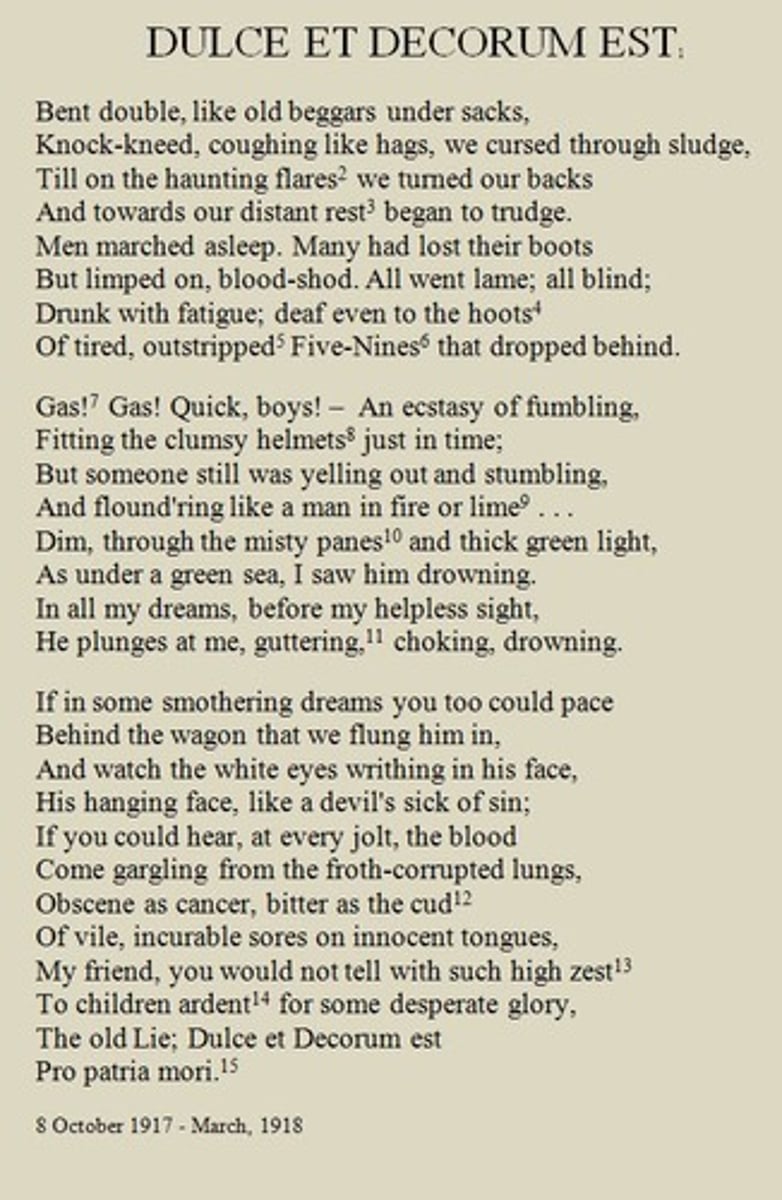
Sonnet
14 lines; with rhyme scheme
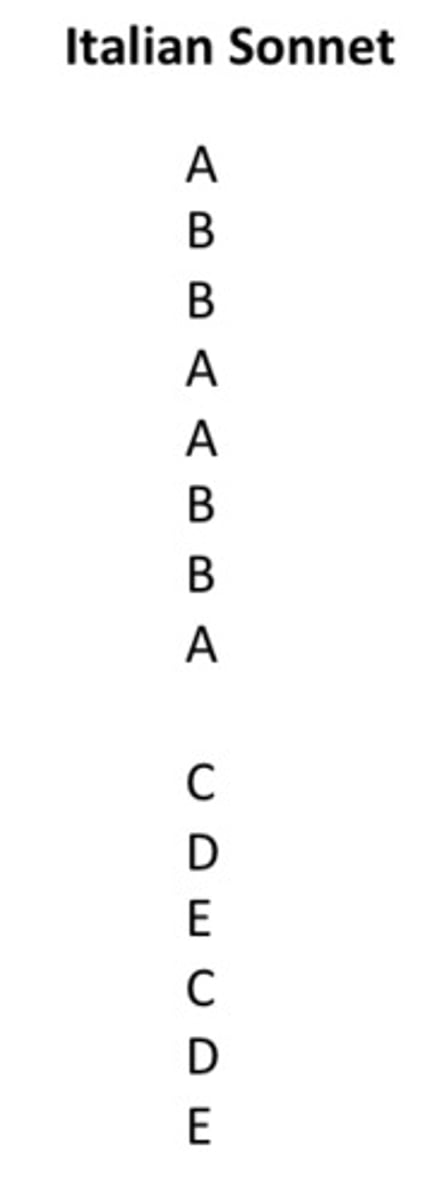
Free verse
No fixed structure
Ballad
Four line stanzas; narrative poem; usually abcb or abab rhyme scheme

Couplet
Poem made by groups of two consecutive lines of poetry that rhyme (don't have to be stanzas)
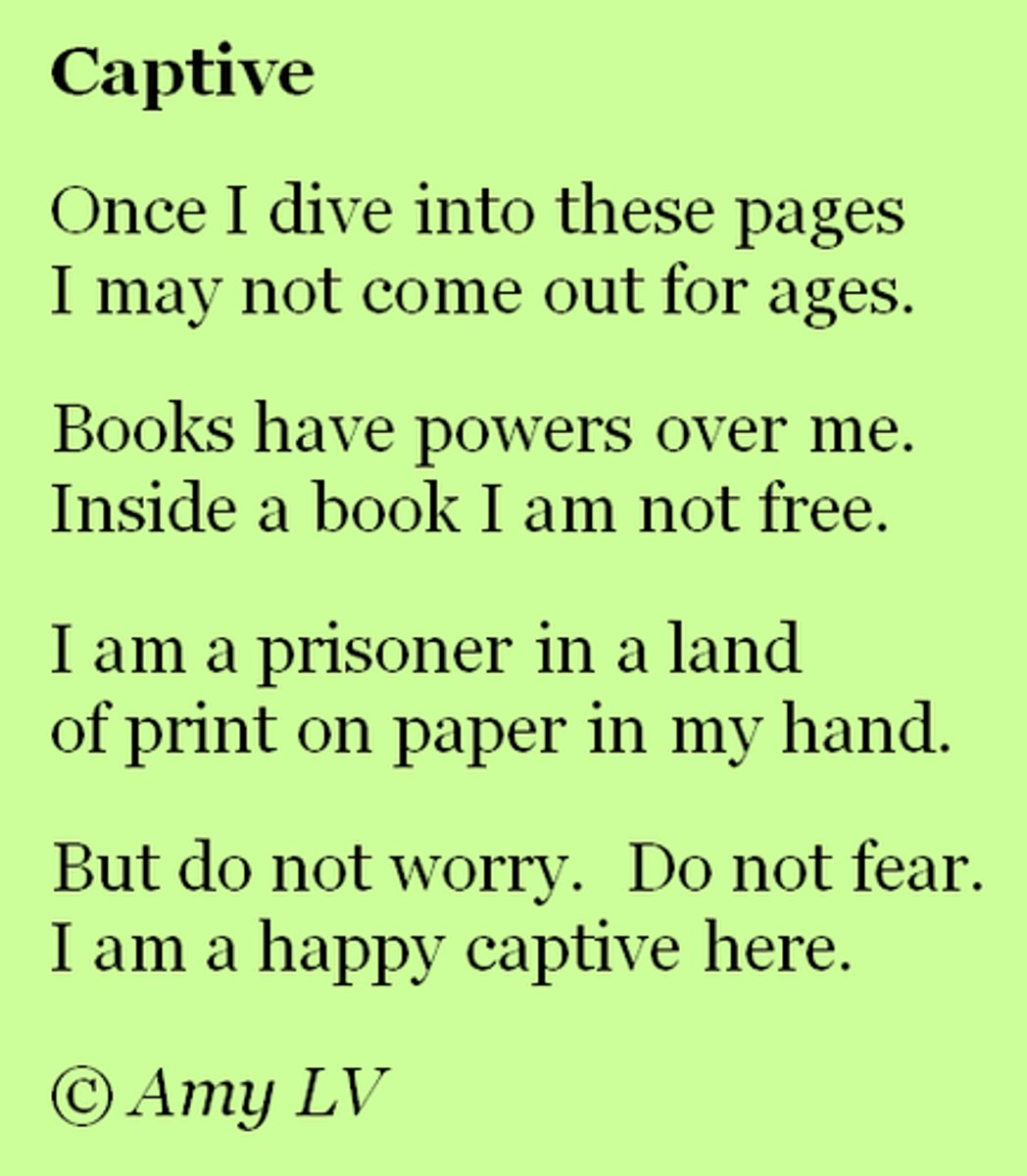
Meaning of Poem part is where you
Annotate/indicate what each line/pair of lines mean, identify the main theme or message
What to look for in the meaning of the message (for this upcoming test)
1. Expectation vs. Reality of War
2. Patriotism or disillusionment
3. Loss and sacrifice
Second part of poetry test: poem analysis
Imagery, literary devices, punctuation and capitalization, word choice, and tone analysis
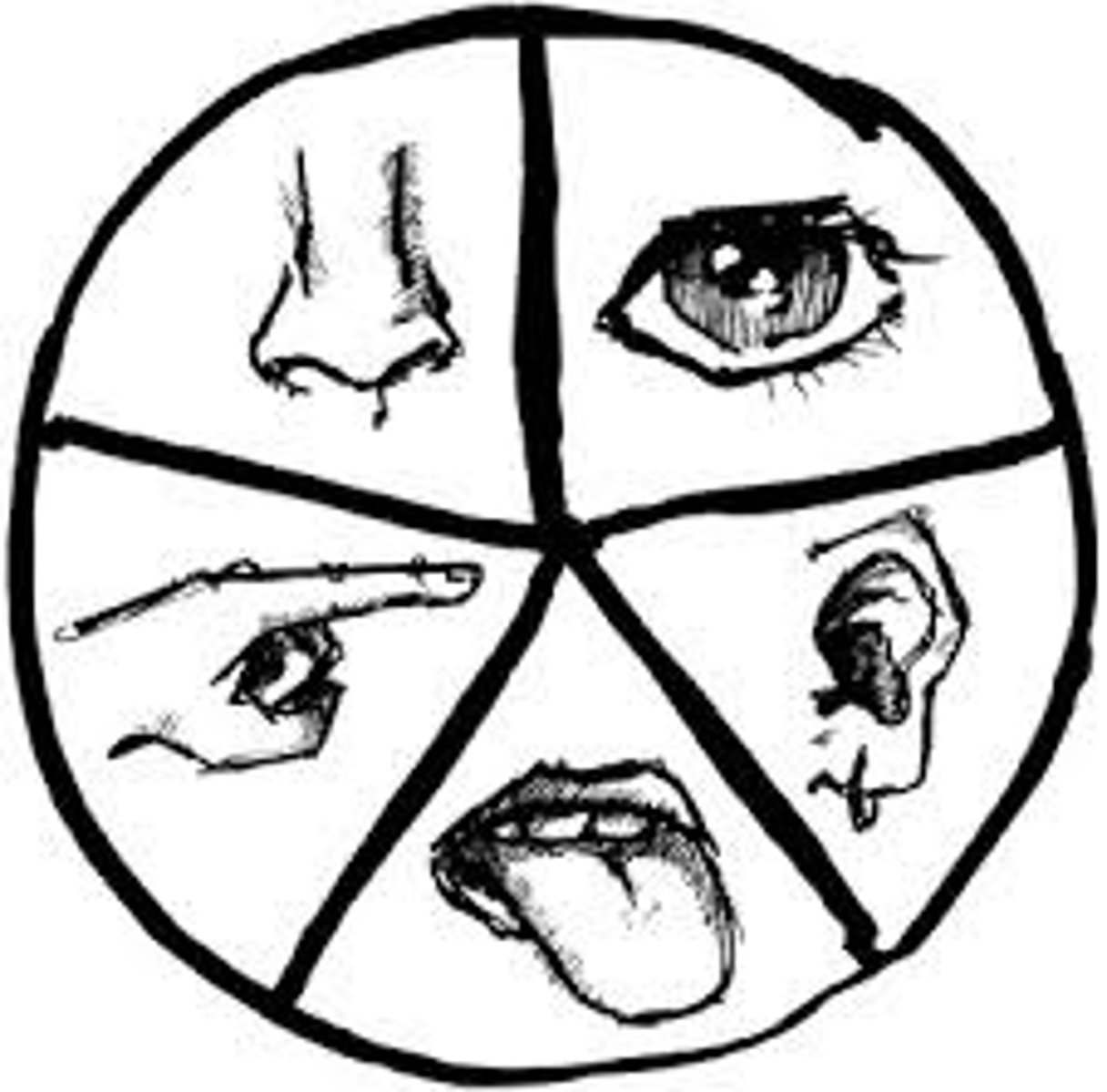
1. Imagery
Highlight vivid descriptions that you can sense, and note how it creates a mood/tone
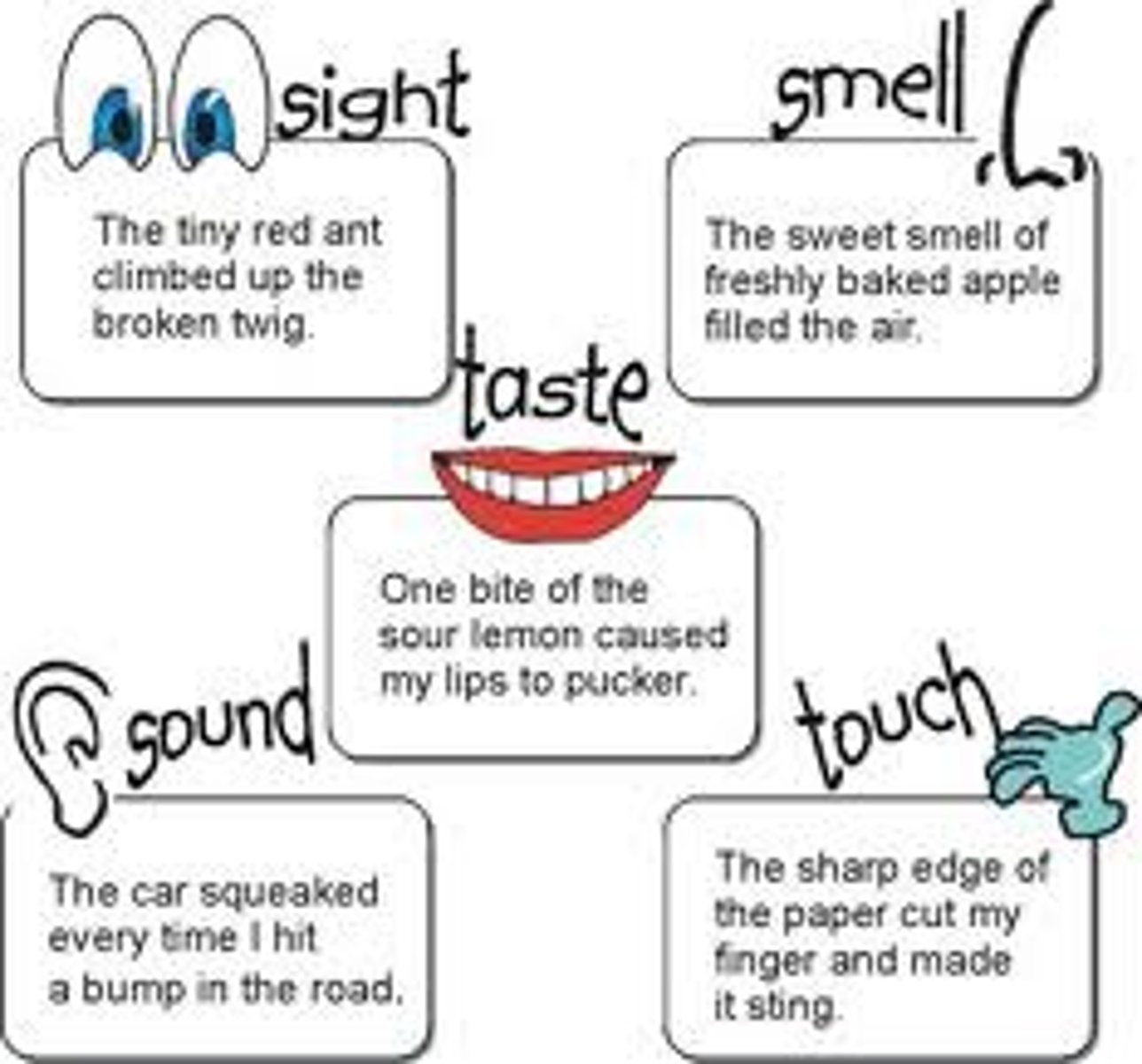
Pitfall of imagery (things NOT to do)
Use emotion words, like terrified, miserable, agony, etc. (they want physical feelings, not mental), like red, laughter, spiky, rotting, sugary
2. Literary devices
Simile, metaphors, personification, symbolism, etc.
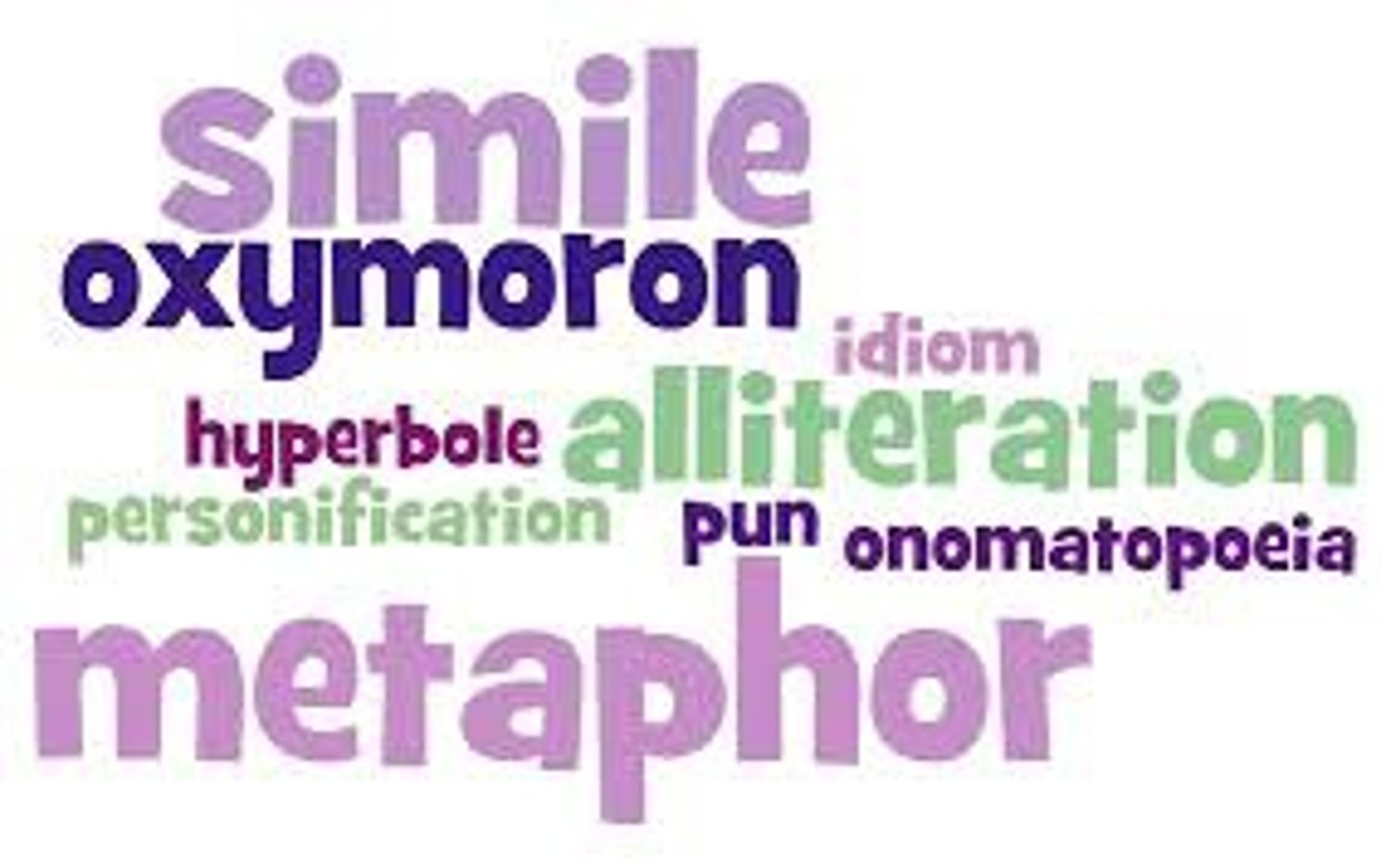
Similie
A comparison using "like" or "as"

Metaphor
A comparison without using like or as
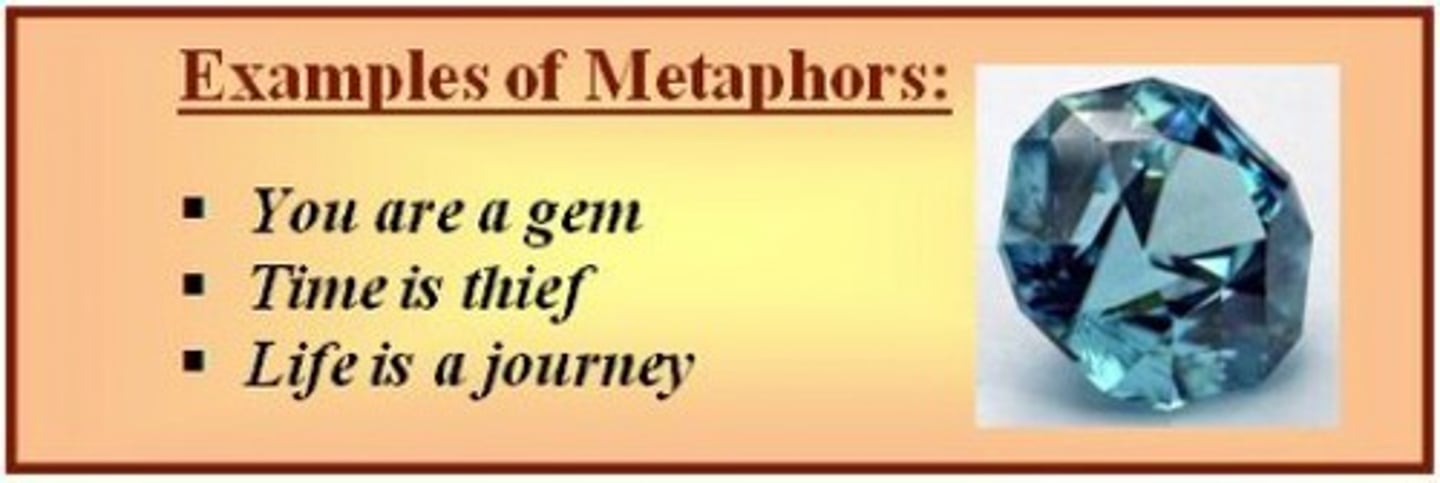
Personification
The giving of human qualities to an animal, object, or idea

Symbolism
Giving meaning to objects, when they mean more than it seems; the use of symbols to represent ideas or qualities
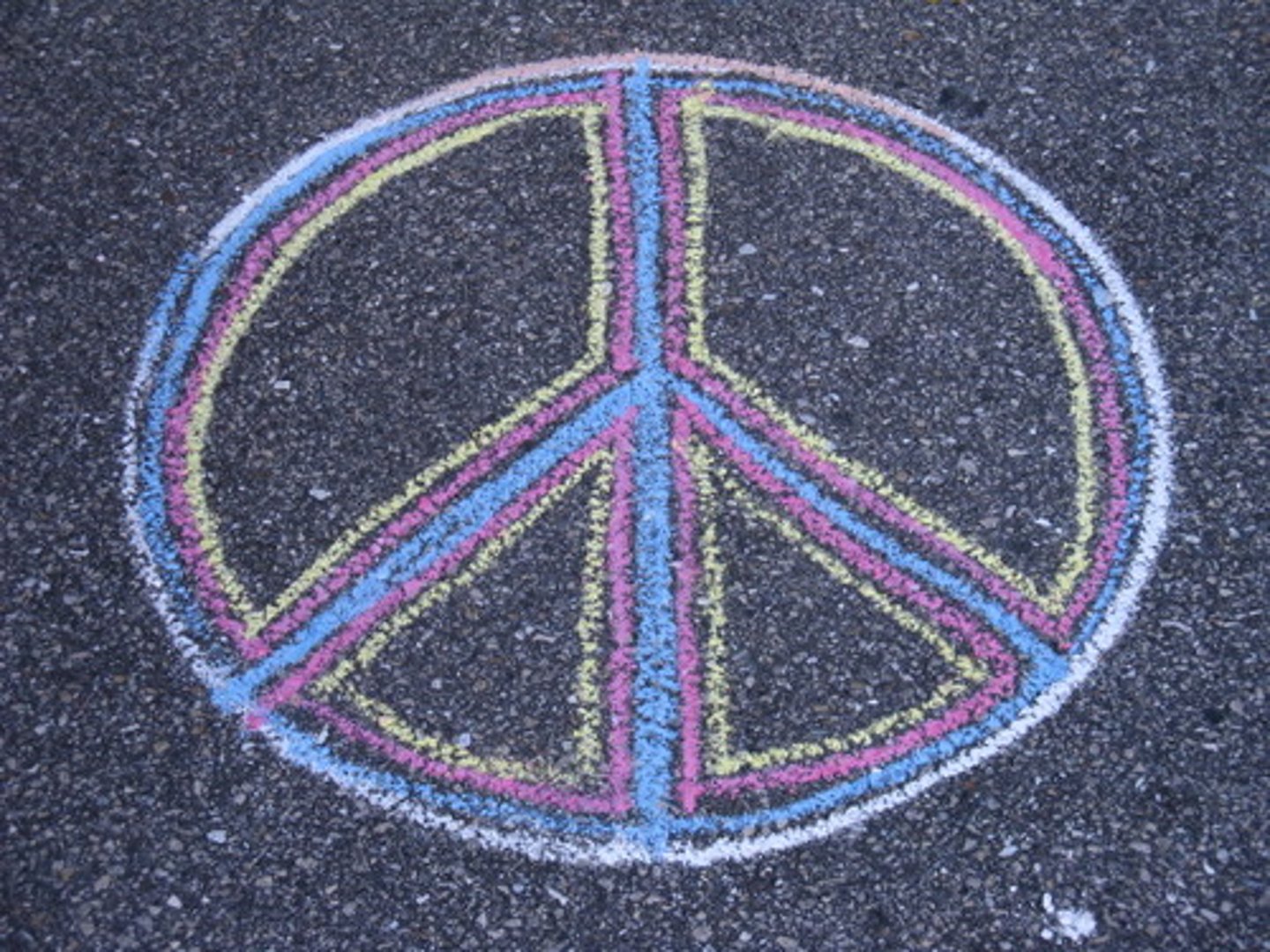
Pitfall of literary devices
Hyperboles are not really used in these poems, so avoid saying there is on at all costs! The teacher will not like it!
3. Punctuation and Capitalization
See how the elements affect the poem's rhythm and emphasis
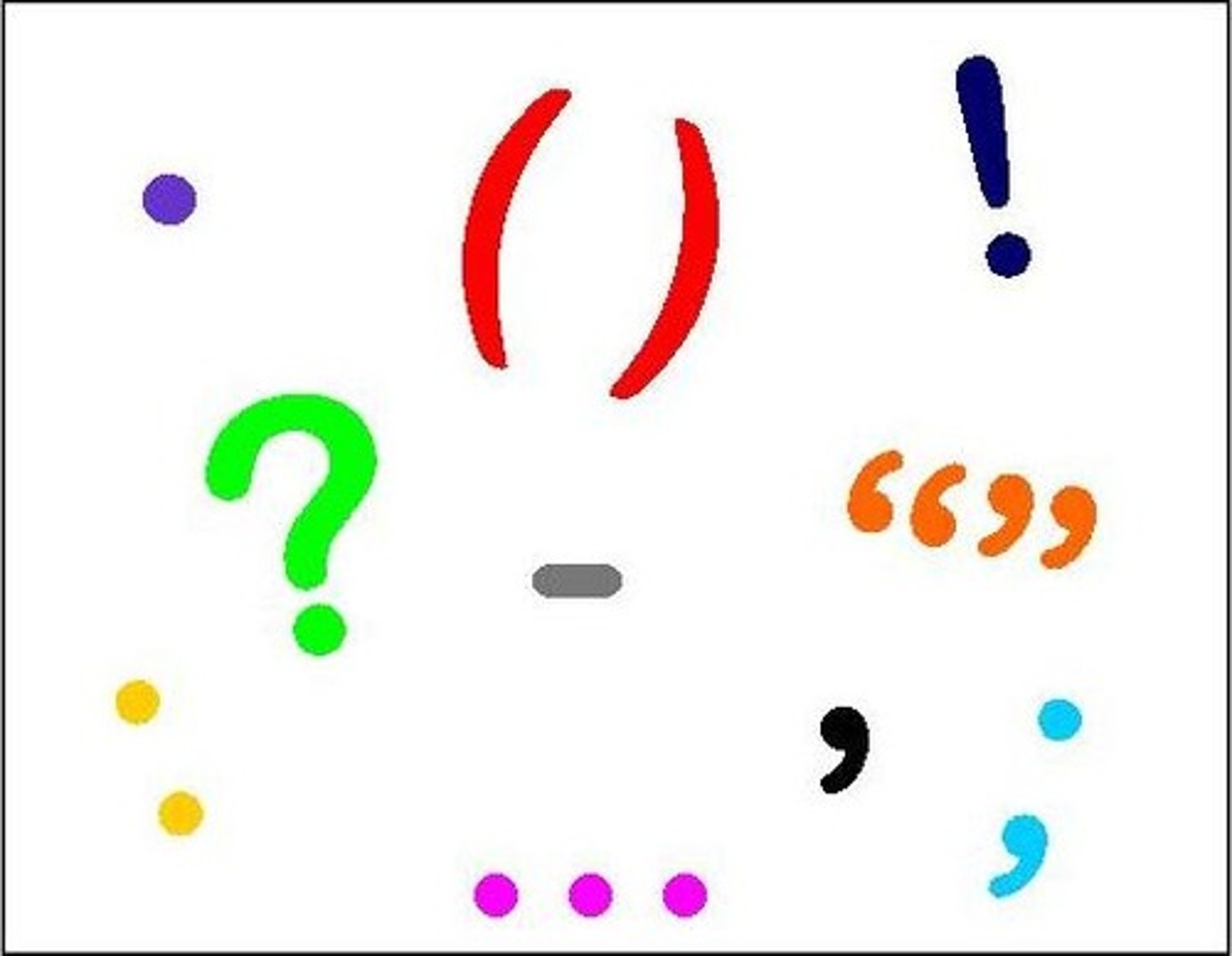
Pitfall of punctuation and capitalization
Periods break up thoughts, so if one uses a quote with a period, they would have to explain the thoughts on either side the period, and THUS it is important to remember one cannot use the entire quote as one thought
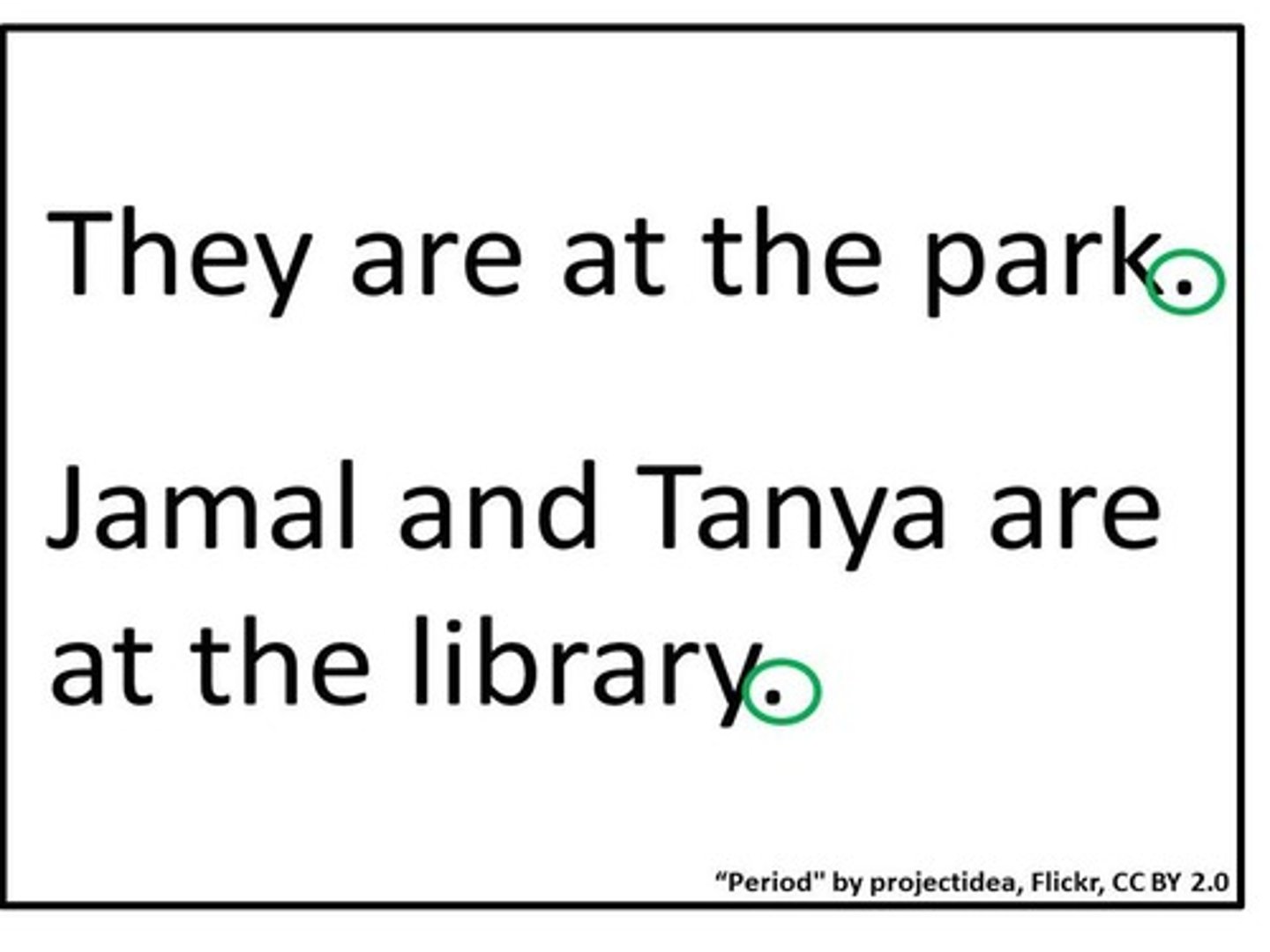
Why would an author capitalize something that is usually not capitalized?
To emphasize it - so focus on why!
Punctuation to pay attention to
!, ? - may want to analyze why the author uses it!

4. Word Choice
Identify powerful or emotive words and consider how word choice impacts the poem's tone
Diction and tone connection
Diction is powerful or emotive words that are intentionally chosen to enhance the author's message, thus words that shape the tone and feeling of the poem

5. Tone Analysis
Determining the overall attitude or feeling of the poem
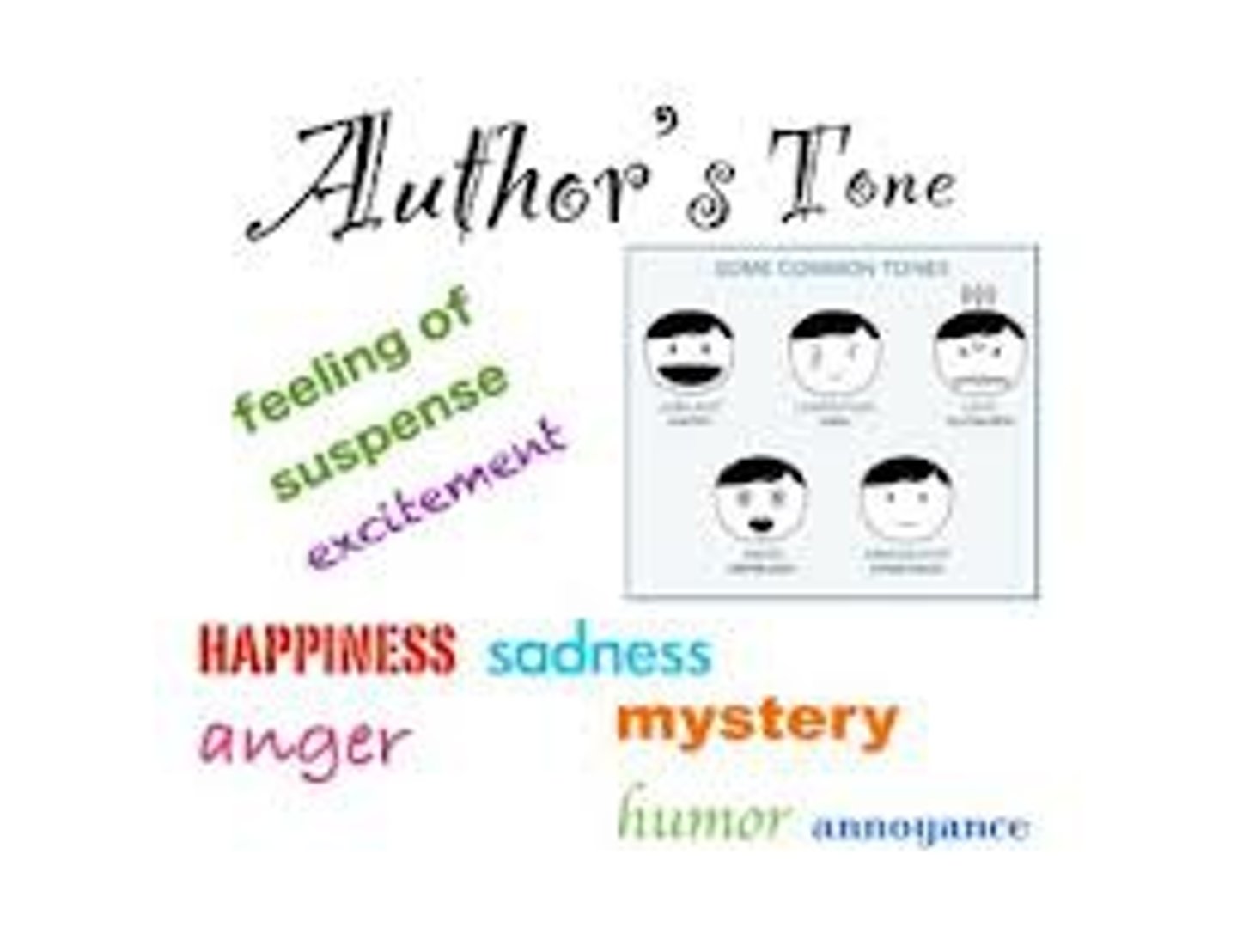
How to describe tone in our class and how it is made in poems
Use an adjective and/or an emotion word
Examples of tone words
Sorrowful, mourning, angry, fearful, joyful, etc.
Common tones in WWI poetry
1. Somber
2. Angry
3. Disillusioned
4. Patriotic
5. Mournful
Slideshow for more practice and more information
https://docs.google.com/presentation/d/1eYF3Lpo6-WI9Yz7GfJTCjIKOeHPg72WLtPawx24-bsU/edit?slide=id.g11a9ba5ee79_1_159#slide=id.g11a9ba5ee79_1_159
Practice exercise
Analyze more WWI poetry, e.g., Glory of Women and
1. Mark rhyme scheme
2. Identify poem format
3. Summarize meaning in 2-3 sentences
4. Three examples of imagery (try all different senses!)
5. Find example of both simile and metaphor
6. Note significant punctuation and capitalization
7. Highlight five or more strong word choices
8. Describe overall tone in ONE word
Important! Support your analysis with SPECIFIC examples from the poem!